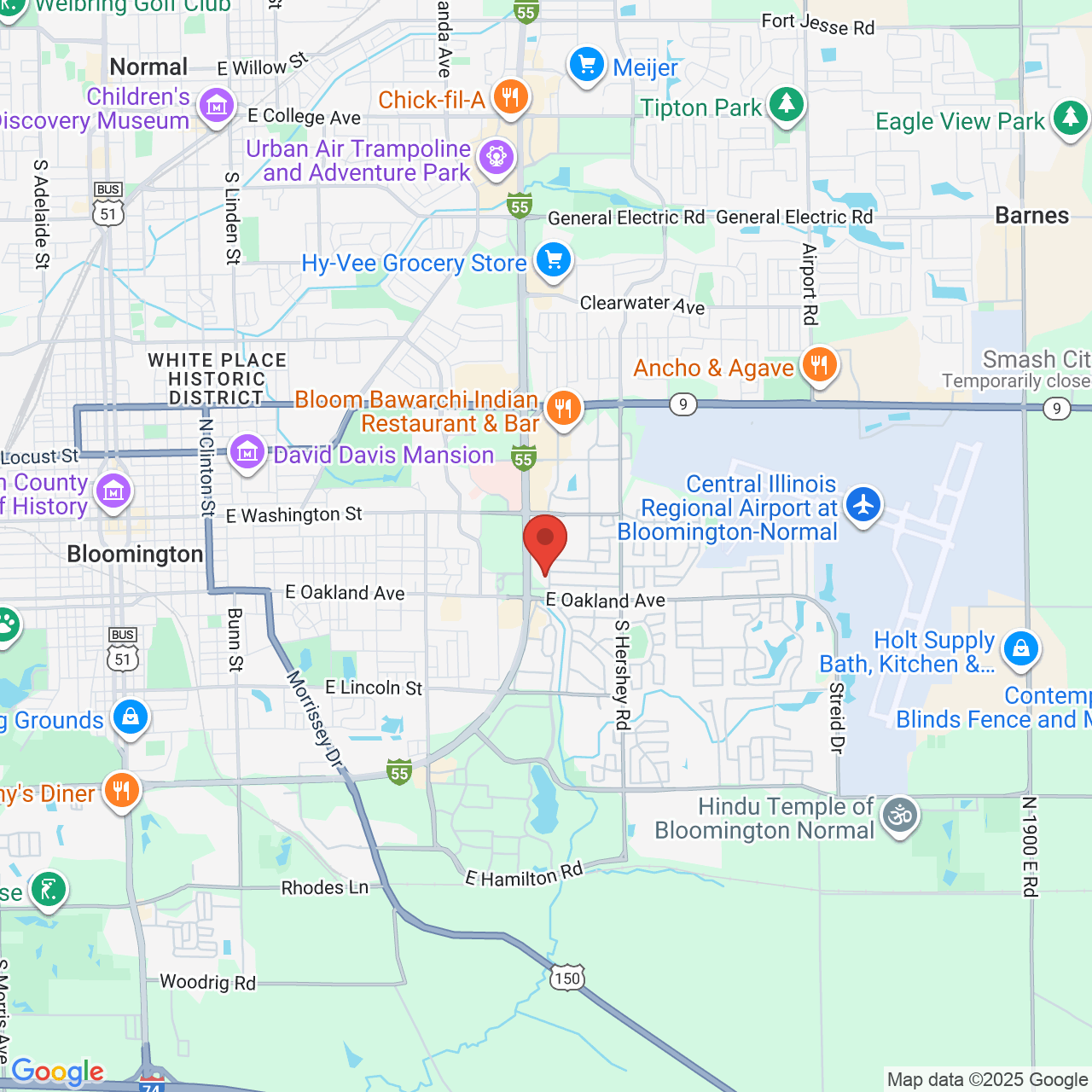Understanding the Anatomy of a Tooth
 The teeth have many functions. They contribute to a person’s appearance, allow food to be chewed and broken down, and help produce speech.
The teeth have many functions. They contribute to a person’s appearance, allow food to be chewed and broken down, and help produce speech.
However, health concerns such as tooth decay, cavities, and gum disease can adversely affect a person’s appearance and function. Understanding the anatomy of a tooth can help patients understand the importance of good oral hygiene.
At Chrisman & Wise in Bloomington, IL, we educate patients about their dental health and provide comprehensive general dentistry services to help them maintain healthy teeth and gums for life.
Anatomy of a Tooth - Outside
A tooth has two main parts: the root and the crown.
The crown rests above the gum line and is the visible part of the tooth. The crown is used for chewing food; the ridges and grooves on the chewing surfaces help break down food into smaller pieces.
The root is anchored in the gums and into a bony socket called the alveolus.
Anatomy of a Tooth - Inside
Teeth are hard organs with three different layers:
- Pulp - This is found in the center of the tooth and consists of soft connective tissues. At the tip of the roots are small holes where tiny blood vessels and nerve fibers enter through. The edge of the pulp is made up of stem cells called odontoblasts, which form the dentin of the tooth.
- Dentin - There is a robust and mineralized layer of tissue surrounding the pulp called dentin. It is much harder than the pulp because it is full of collagen fibers and a calcium phosphate mineral. The make-up of the dentin is very porous to allow nutrients and substances in the pulp to travel into the tooth.
- Enamel - The outer white layer of the crown is the enamel. It creates a strong nonporous cap over the dentin and is considered to be the hardest substance in the entire body.
Four Major Groups of Teeth
Around six years of age, children will begin to lose their baby teeth. Adult teeth will grow up in their place. Most adults will have a total of 32 teeth: eight incisors, four canines, eight premolars, and 12 molars, four of which are wisdom teeth.
- Incisors are chisel-shaped teeth located at the front of the mouth. They have a narrow top used for chopping food down into tiny pieces.
- Canine teeth (cuspids) have sharp points and are slightly cone-shaped. This shape makes it possible to rip and shred tough foods apart.
- Premolars (bicuspids) and molars have a flat surface and are located in the back of the mouth. They are much larger than the other teeth with peaks, valleys, and ridges on the top of each one and are used to chew and grind food up.
The primary function of teeth is for chewing food. The teeth are aligned in a way that forces food into the surface grooves and uses lateral chewing motions to grind food.
Contact Us Today
To keep your teeth healthy and in good shape, it is important to keep up with dental cleanings and check-ups twice a year. Contact us online or call us at 309-663-6393 to schedule an appointment with one of our dentists.



